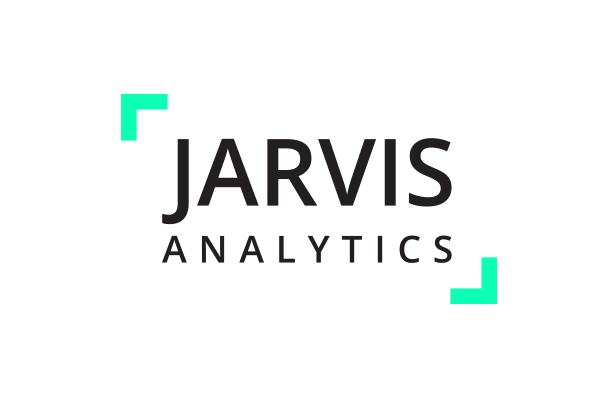Use the timeline below to learn more about how different modules in Jarvis Analytics can help you in your role.
Read the descriptions of when, and how to use each module to help you in your role.
Showing {{ scope.totalResults }} results for "{{ data.search }}"

Use the timeline below to learn more about how different modules in Jarvis Analytics can help you in your role.
Read the descriptions of when, and how to use each module to help you in your role.